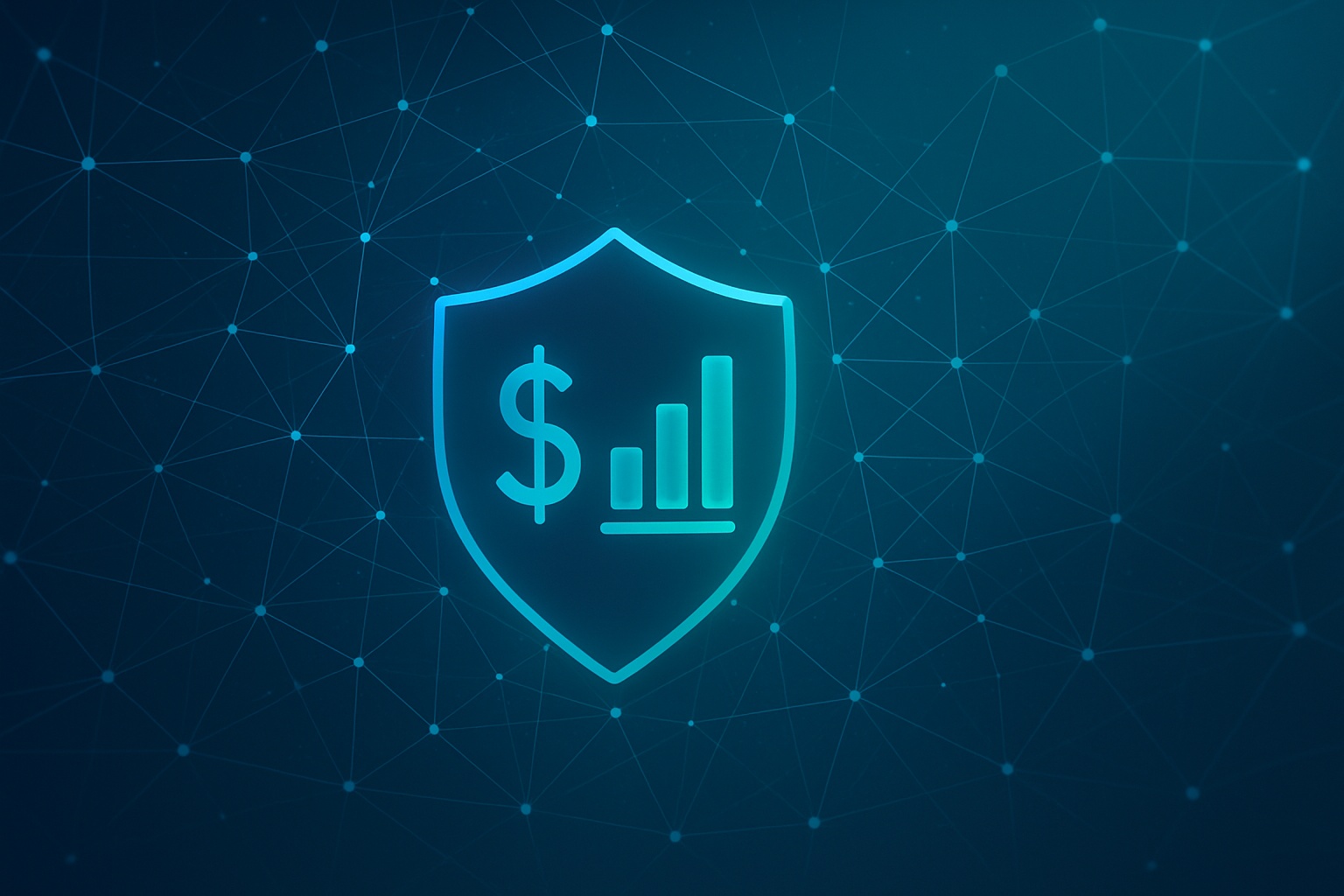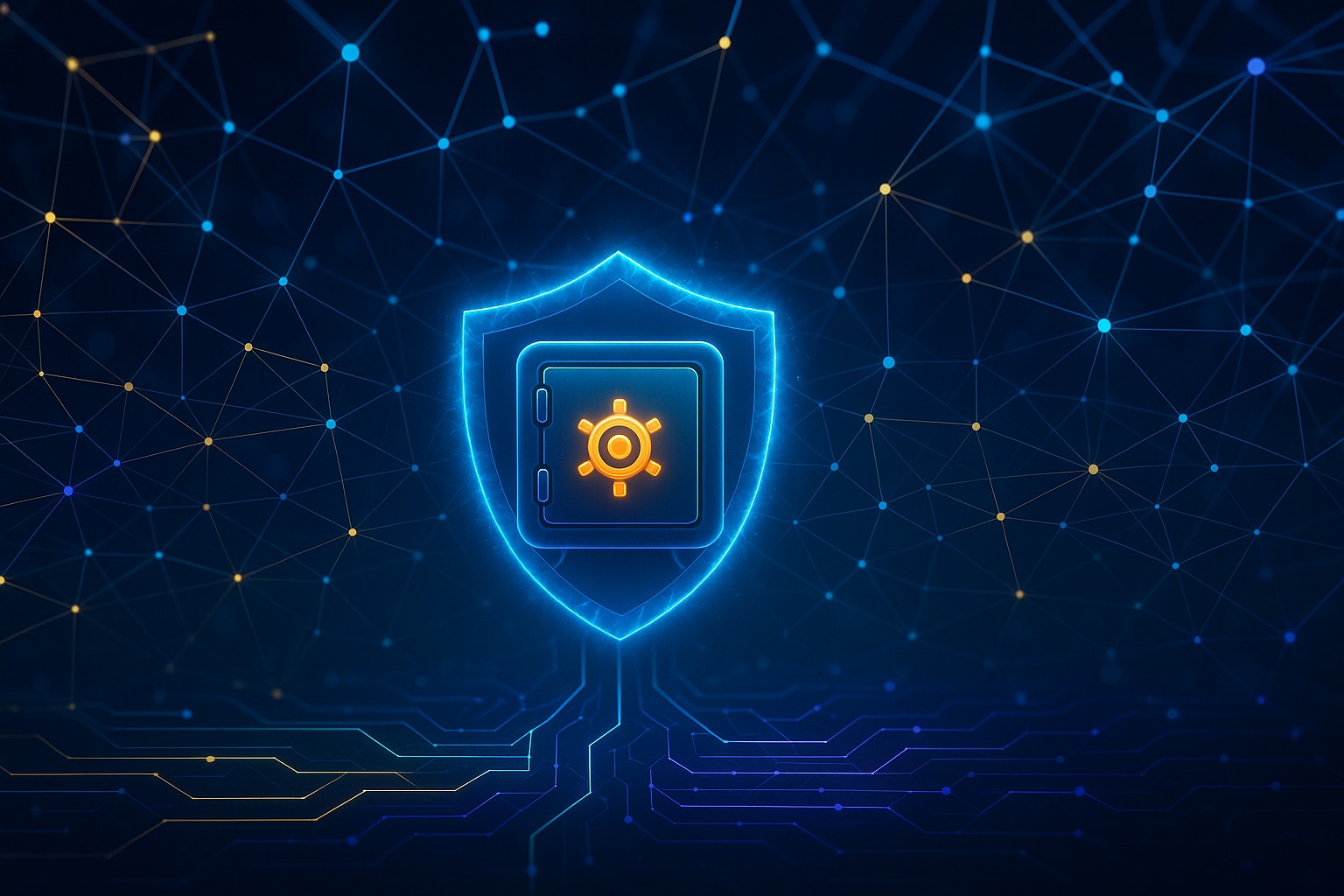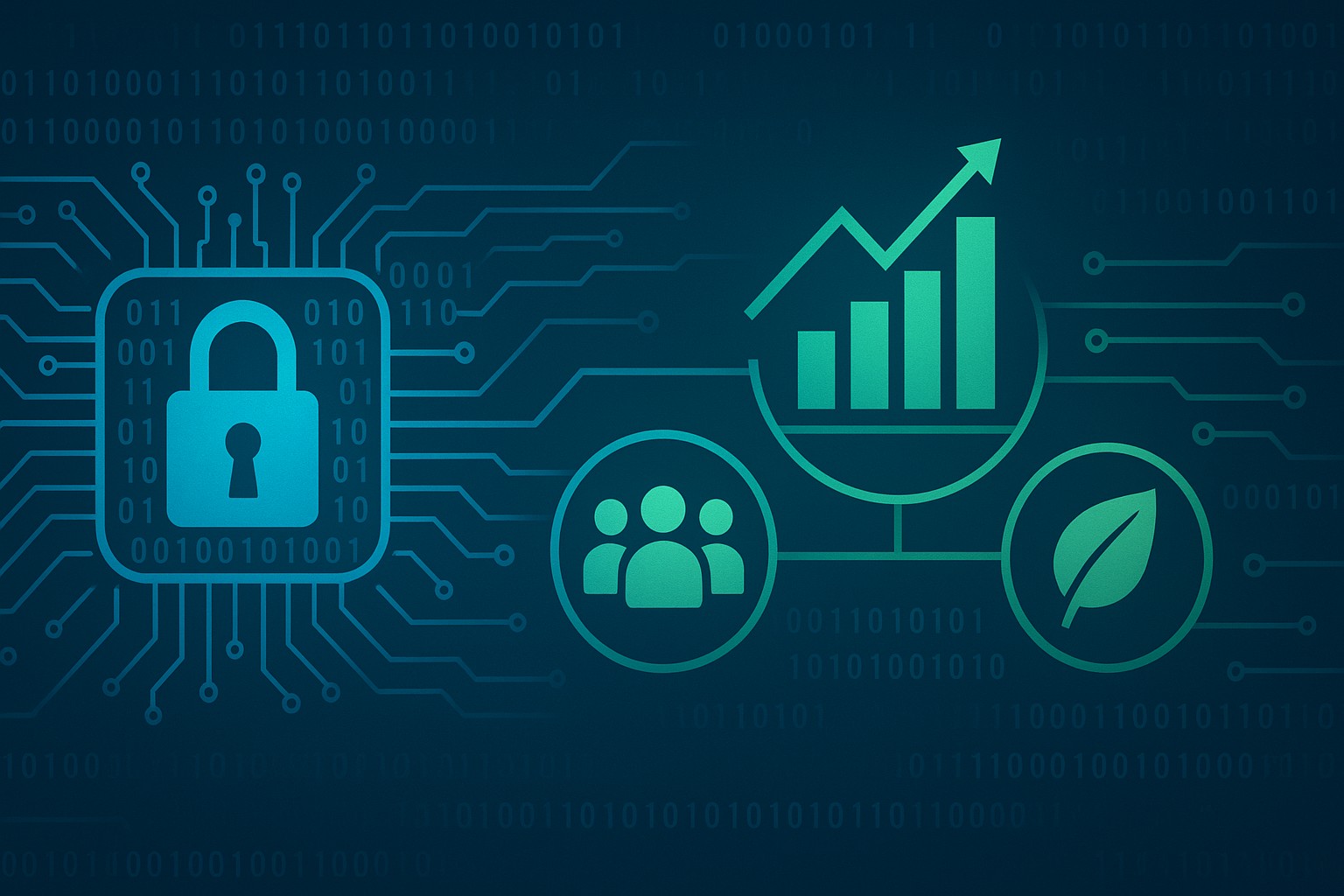In today’s digital age, the financial industry faces unprecedented cybersecurity threats. Data breaches, ransomware attacks, and fraud are just a few of the challenges that can compromise sensitive customer information and disrupt operations. To mitigate these risks, financial institutions are increasingly turning to internationally recognized standards like ISO 27001. This article delves into the importance of ISO 27001 in the financial context, outlining its benefits, implementation challenges, and how it can help organizations protect their valuable assets.
What is ISO 27001?
ISO 27001 is a globally recognized standard for information security management systems (ISMS). It provides a framework for establishing, implementing, maintaining, and continually improving an ISMS. The standard outlines a systematic approach to managing sensitive company information so that it remains secure. It includes policies, procedures, and controls that involve legal, physical, and technical aspects of an organization’s information risk management processes.
Why is ISO 27001 Important for Financial Institutions?
The financial sector handles vast amounts of sensitive data, including personal information, account details, and transaction records. This makes it a prime target for cybercriminals. Implementing ISO 27001 offers several key benefits:
- Enhanced Data Security: ISO 27001 helps financial institutions identify and address vulnerabilities in their IT systems and processes, reducing the risk of data breaches and cyberattacks.
- Improved Compliance: The financial industry is subject to stringent regulations, such as GDPR, PCI DSS, and various national laws. ISO 27001 can help organizations demonstrate compliance with these requirements.
- Increased Customer Trust: By implementing ISO 27001, financial institutions demonstrate their commitment to protecting customer data, which can enhance trust and loyalty.
- Competitive Advantage: ISO 27001 certification can differentiate a financial institution from its competitors, signaling to customers and partners that it takes data security seriously.
- Reduced Costs: While implementing ISO 27001 requires investment, it can ultimately reduce costs associated with data breaches, regulatory fines, and reputational damage.
Key Components of ISO 27001 Implementation in Finance
Implementing ISO 27001 in a financial institution involves several key steps:
- Risk Assessment: Identifying and assessing information security risks relevant to the organization. This includes assessing the likelihood and impact of potential threats.
- ISMS Design: Developing an information security management system that addresses the identified risks. This involves defining policies, procedures, and controls.
- Implementation: Putting the ISMS into practice, which includes training employees, deploying security technologies, and implementing new processes.
- Monitoring and Review: Continuously monitoring the ISMS to ensure it is effective and making necessary adjustments. This includes conducting internal audits and regular management reviews.
- Certification: Undergoing an external audit by a certified body to verify that the ISMS meets the requirements of ISO 27001.
Challenges in Implementing ISO 27001 in Finance
While the benefits of ISO 27001 are clear, implementing it in the financial sector can be challenging. Some common challenges include:
- Complexity: The financial industry is highly complex, with a wide range of IT systems, processes, and regulatory requirements.
- Cost: Implementing and maintaining ISO 27001 can be expensive, particularly for smaller financial institutions.
- Lack of Expertise: Many financial institutions lack the internal expertise to implement ISO 27001 effectively.
- Resistance to Change: Employees may resist changes to processes and procedures, making implementation difficult.
- Maintaining Compliance: ISO 27001 is not a one-time project; it requires ongoing effort to maintain compliance.
Best Practices for ISO 27001 Implementation in Finance
To overcome these challenges, financial institutions should follow these best practices:
- Gain Senior Management Support: Secure buy-in from senior management to ensure the project receives adequate resources and support.
- Develop a Clear Scope: Define the scope of the ISMS carefully to ensure it covers all relevant assets and processes.
- Conduct a Thorough Risk Assessment: Identify and assess all information security risks, including those related to third-party vendors.
- Develop a Comprehensive ISMS: Create an ISMS that addresses all identified risks and meets the requirements of ISO 27001.
- Train Employees: Provide employees with adequate training on information security policies and procedures.
- Monitor and Review the ISMS Regularly: Conduct regular internal audits and management reviews to ensure the ISMS is effective.
- Seek Expert Assistance: Consider engaging a consultant with expertise in ISO 27001 implementation in the financial sector.
ISO 27001 vs SOC 2 for Financial Institutions
Financial institutions often grapple with the decision of whether to pursue ISO 27001 or SOC 2 (Service Organization Control 2) compliance. While both frameworks aim to ensure data security, they have distinct differences. ISO 27001 focuses on establishing a comprehensive ISMS, covering a wide range of security controls. SOC 2, on the other hand, is specifically designed for service organizations and assesses controls related to security, availability, processing integrity, confidentiality, and privacy. The choice between the two depends on the specific needs and objectives of the financial institution. For organizations seeking a broad, internationally recognized standard, ISO 27001 is often the preferred choice. However, for service providers catering to U.S.-based clients, SOC 2 may be more relevant.
The Future of ISO 27001 in the Financial Industry
As the financial industry continues to evolve, the importance of ISO 27001 will only increase. With the rise of Fintech companies and the increasing reliance on cloud-based services, financial institutions must adopt robust security measures to protect their data and maintain customer trust. ISO 27001 provides a solid foundation for achieving this goal, helping organizations stay ahead of emerging threats and navigate the complex regulatory landscape.
Conclusion
ISO 27001 is an essential standard for financial institutions seeking to protect their data, comply with regulations, and build customer trust. While implementation can be challenging, following best practices and seeking expert assistance can help organizations achieve and maintain certification. By embracing ISO 27001, financial institutions can demonstrate their commitment to data security and gain a competitive advantage in today’s digital world. The standard offers a robust framework that, when implemented correctly, ensures the confidentiality, integrity, and availability of sensitive information, safeguarding the financial ecosystem against evolving cyber threats.








